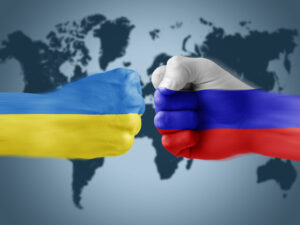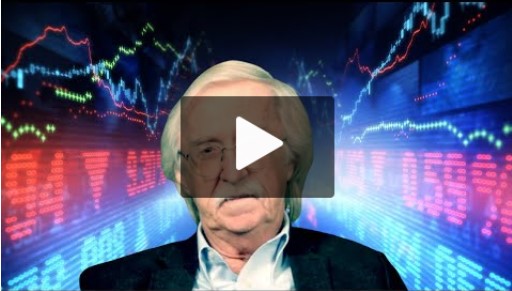Russia’s War And The Global Economy
The comments below are an edited and abridged synopsis of an article by Nouriel Roubini
In December, Roubini warned that 2022 would be more difficult than 2021—a year when markets and economies around the world fared well overall, with growth rising above its potential after the recession in 2020. By the new year, it was apparent that inflation would not be temporary, that Covid would continue to sow uncertainty around the world, and that geopolitical risks were becoming more acute. First among the three geopolitical threats was Russian President Vladimir Putin’s massing of troops near Russia’s border with Ukraine.
After two months of stop-start diplomacy and bad faith negotiations, Russia launched an invasion of Ukraine, in an effort to oust the democratically elected government.
We must now consider the economic and financial consequences of this development. This is a major escalation of Cold War II, in which four revisionist powers—China, Russia, Iran, North Korea—are challenging the global dominance of the US and the Western-led international order that it created after World War II. In that context, we have entered a geopolitical depression that will have economic and financial consequences well beyond Ukraine.
In particular, a hot war between major powers is now more likely within the next decade. As the new cold war rivalry between the US and China continues to escalate, Taiwan, too, will become a potential flashpoint, pitting the West against the emerging alliance of revisionist powers.
Up for discussion: A stagflationary recession; damage control is limited; and a new—old problem.


